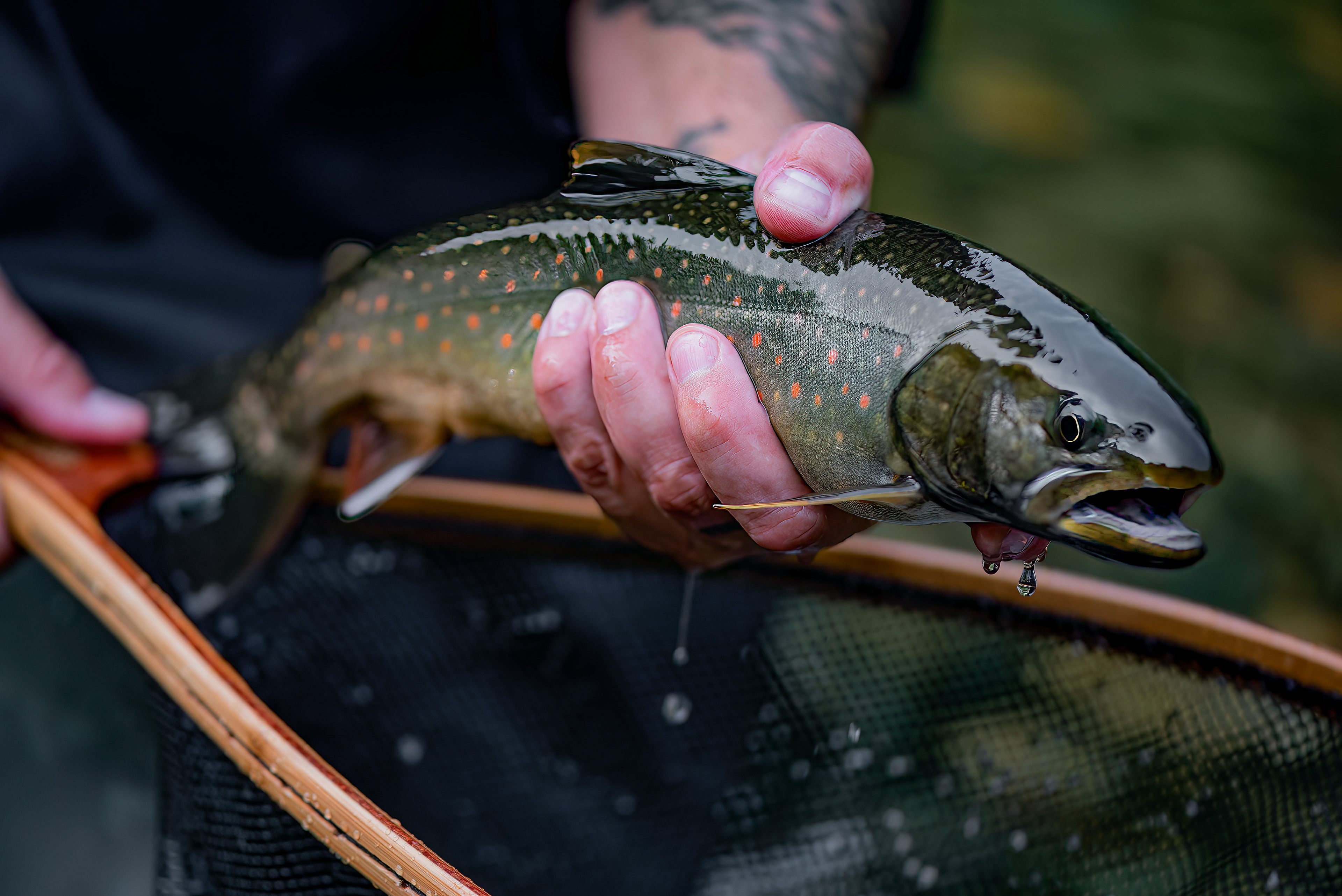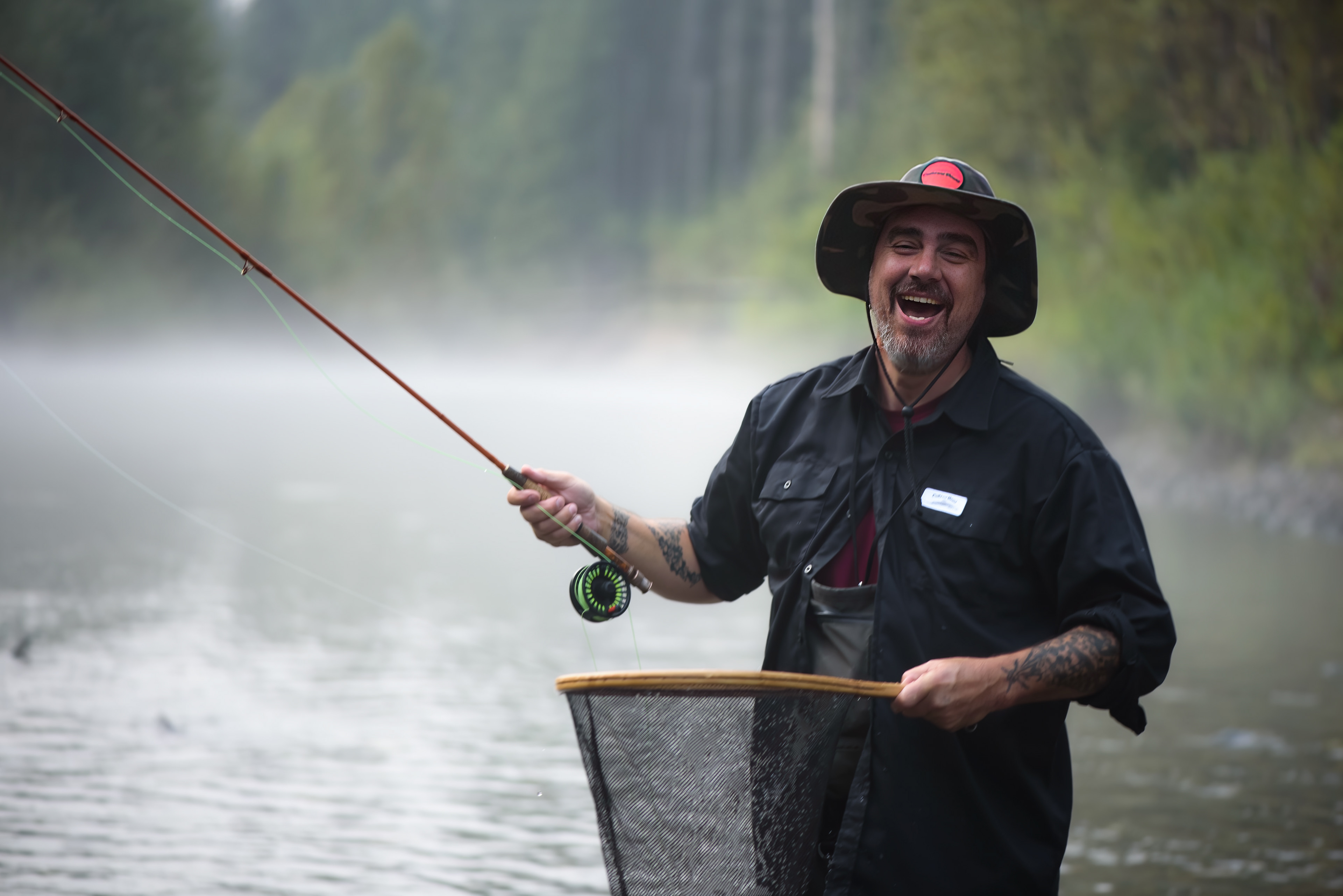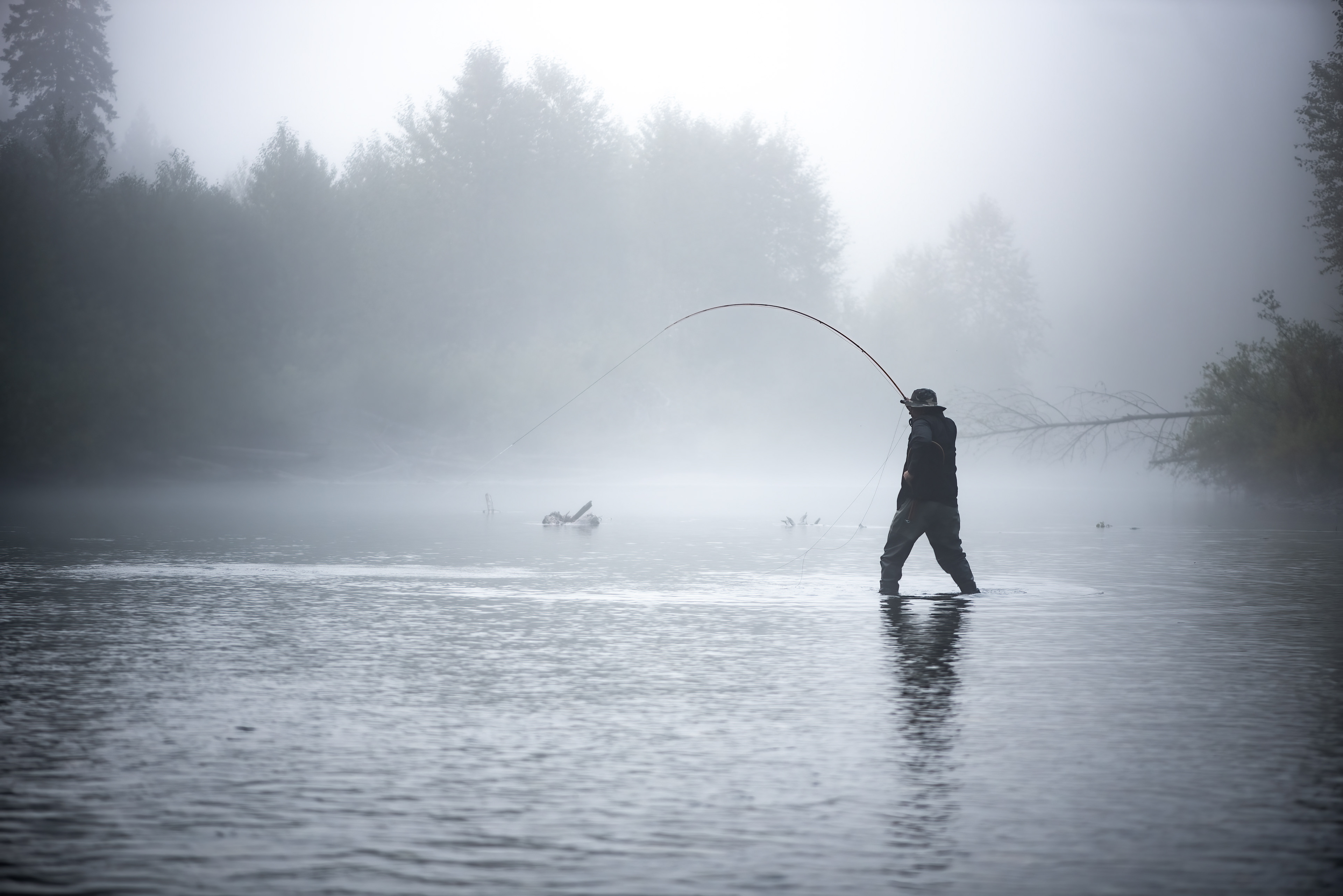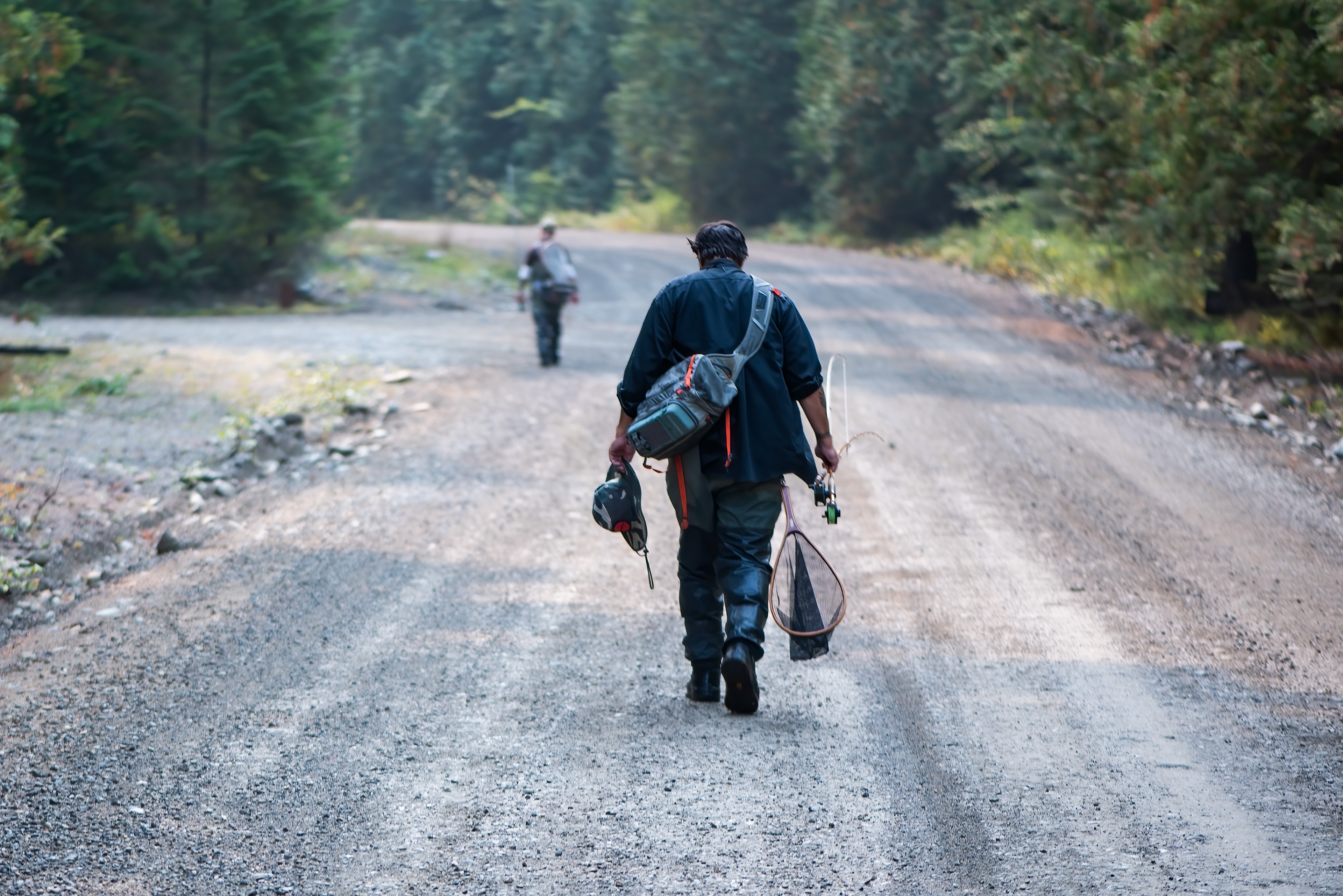Fly fishing is a sport that's steeped in tradition and beauty. Whether you're casting a line in a mountain stream or wading into a crystal-clear lake, the experience of fly fishing is one that's worth capturing. If you're a fly fisherman or a photographer looking to capture the essence of the sport, here are some tips for creating stunning fly fishing photography.
Find the Right Location
The first step to creating great fly fishing photography is finding the right location. Look for spots that have clear, flowing water and an interesting landscape. Mountain streams with moss-covered rocks and trees, or lakes surrounded by rolling hills and towering peaks, can make for great backdrops. Consider the time of day, too. Early morning or late evening light can create beautiful and unique lighting conditions.
Use a Wide-Angle Lens
A wide-angle lens will allow you to capture the entire scene and give the viewer a sense of the location's scale. This is especially important when you're trying to convey the feeling of being out on the water and the beauty of the surrounding landscape.
Get Close to the Action
Fly fishing can be a fast-paced sport, so it's important to get close to the action. Zoom lenses can help you get in close and capture the angler casting a line, reeling in a catch, or fighting a fish. A fast lens with a wide aperture (such as f/2.8) can help you capture the action in low light and freeze the motion.
Pay Attention to the Light
Good lighting is essential for great fly-fishing photography. Try to position yourself so that the sun is behind you, creating a well-lit scene. If you're fishing in the early morning or late evening, the light can be especially beautiful and create stunning backlit images. Experiment with different lighting angles to see what works best for your scene.
Showcase the Fish
When you do manage to catch a fish, take advantage of the opportunity to create a great image. Use a slow shutter speed to create a sense of motion and excitement, or use a fast shutter speed to freeze the action. Try to get in close and fill the frame with the fish. Pay attention to the background and make sure it's not too distracting.
Edit Carefully
Post-processing is an important step in creating great fly fishing photography. Use editing tools like Adobe Lightroom to adjust exposure, colour, and sharpness, and remove any distracting elements. Be careful not to over-edit your images and maintain the natural feel of the scene.






In conclusion, fly fishing photography can be a challenging and rewarding pursuit. By paying attention to the location, lens choice, lighting, and editing, you can create images that showcase the beauty and adventure of the sport. So grab your gear, head to the water, and start capturing your own fly fishing story.
